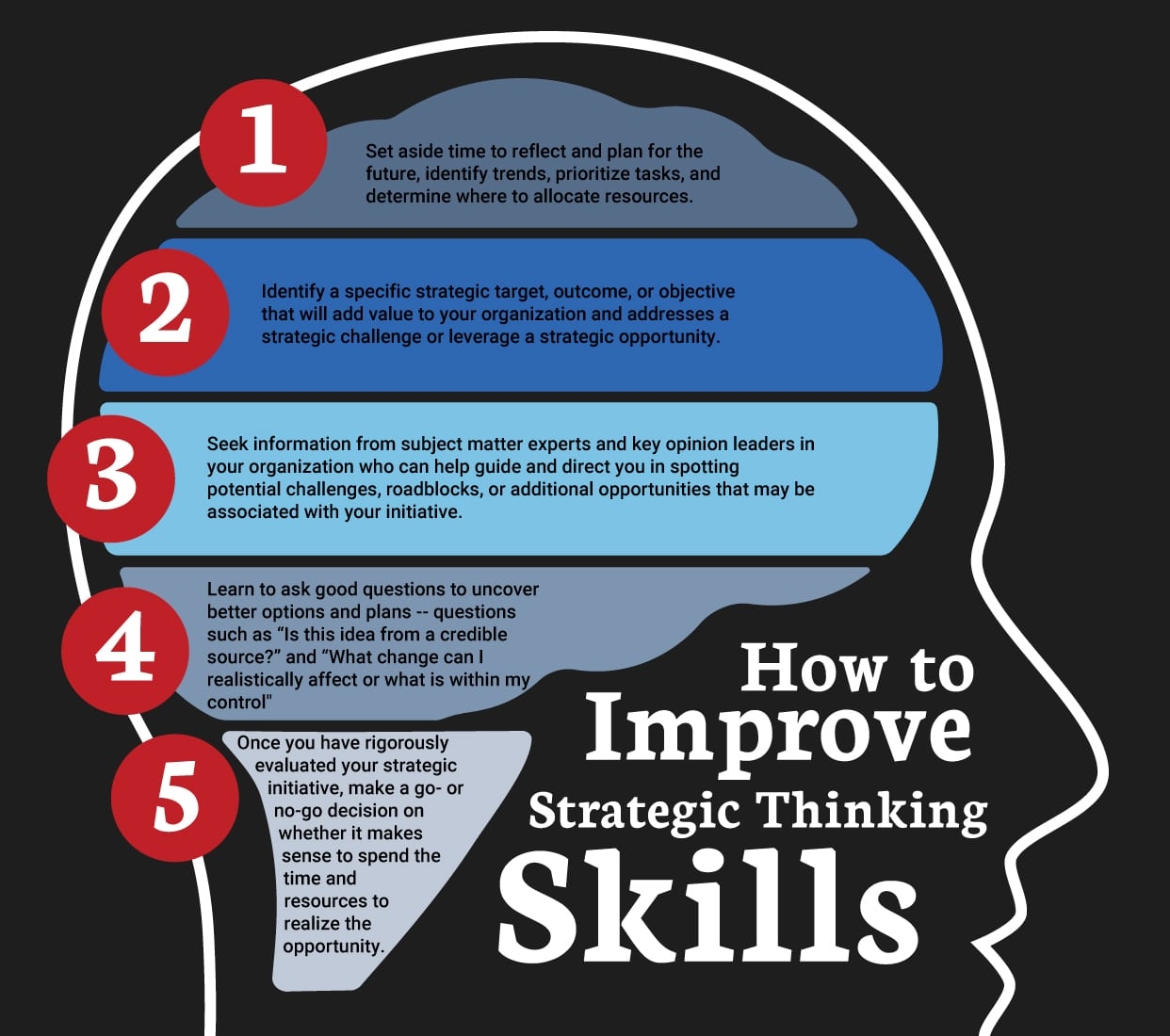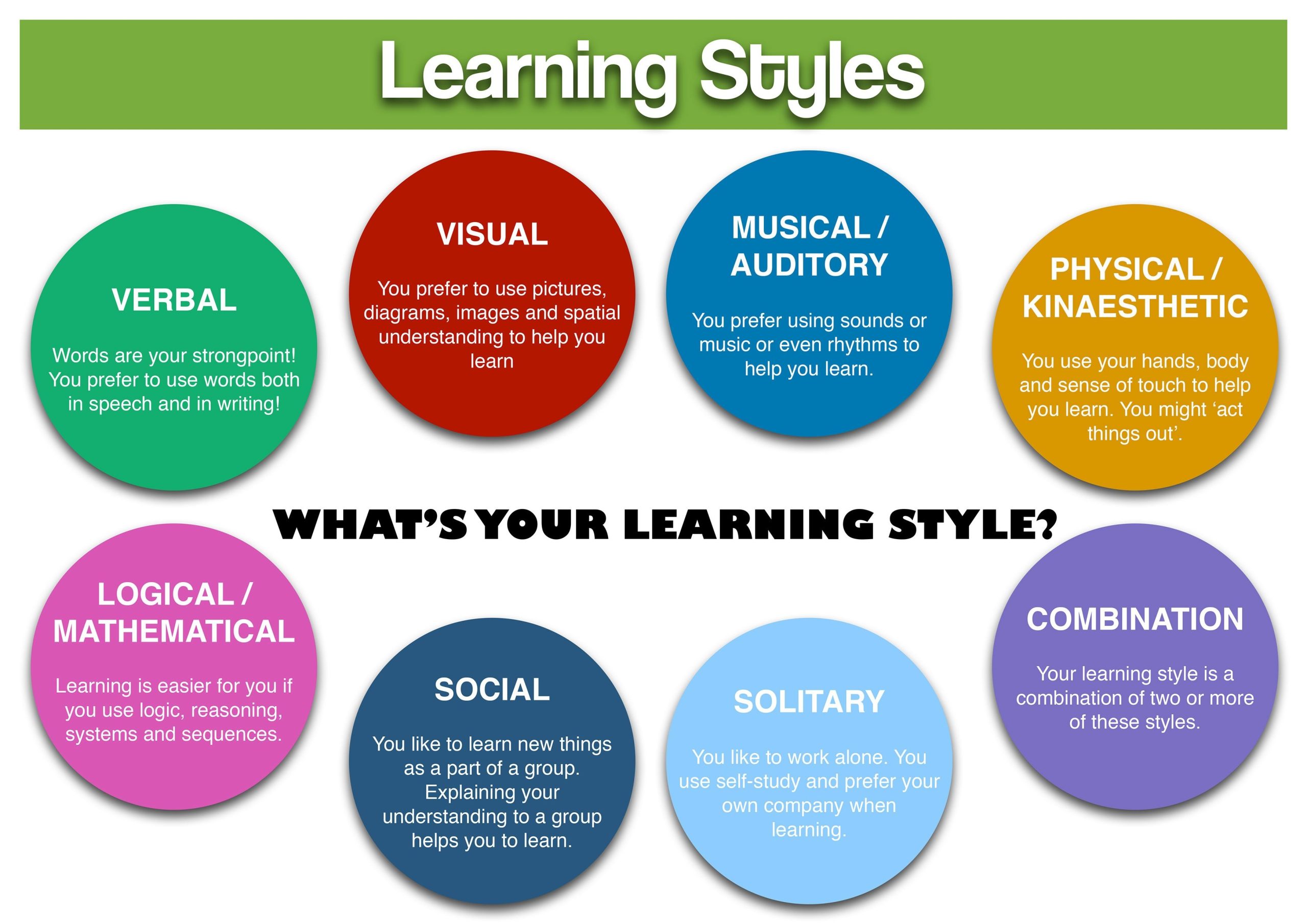The Mental Game: Achieving a State of Peak Performance
When it comes to achieving peak performance, there is one aspect that often gets overlooked – the mental game. While physical training and skill development are crucial, the right mindset can make all the difference in unlocking your true potential. In this article, we will explore the key strategies and techniques to help you develop a winning mindset and achieve a state of peak performance.
1. Set Clear and Specific Goals
Setting clear and specific goals is the first step in building a solid foundation for peak performance. Your goals should be challenging yet attainable, and they should align with your ultimate vision. By defining what you want to achieve, you create a sense of direction and purpose, which fuels your motivation and focus.
2. Practice Visualization
Visualization is a powerful technique used by many top athletes and performers. By mentally rehearsing your desired outcome, you create a strong mental image that primes your brain and body for success. Close your eyes and vividly imagine yourself executing your skills flawlessly, feeling the excitement of achieving your goals. The more you practice visualization, the more real and achievable your goals become.
3. Cultivate a Positive Mindset
The way you think and talk to yourself can greatly impact your performance. Adopting a positive mindset is essential for overcoming challenges and setbacks. Replace negative self-talk with positive affirmations. Instead of saying, I can’t do it, tell yourself, I am capable of overcoming any obstacle. Surround yourself with positive and supportive individuals who believe in your potential.
4. Develop Mental Toughness
Mental toughness is the ability to stay focused, determined, and resilient in the face of adversity. It involves managing stress, controlling emotions, and staying calm under pressure. To develop mental toughness, challenge yourself by setting high standards and embracing discomfort. Push your limits, learn from failures, and persevere through tough times. With practice, you will strengthen your mental resilience and thrive in challenging situations.
5. Stay Present and Practice Mindfulness
Maintaining a present mindset is crucial for peak performance. Often, we get caught up in past failures or future worries, losing our focus on the present moment. Practicing mindfulness helps you stay fully engaged and aware of the task at hand. Engage in activities like deep breathing, meditation, or yoga to quiet your mind and enhance your concentration. By staying present, you optimize your performance and maximize your potential.
6. Embrace Continuous Learning
Peak performance is not a destination; it is an ongoing journey. To stay at the top of your game, you must be willing to learn and adapt. Seek feedback from coaches, mentors, or experts in your field. Embrace constructive criticism and use it to refine and improve your skills. Stay curious, explore new techniques, and constantly challenge yourself to grow. The more you invest in your personal and professional development, the greater your chances of reaching new heights of performance.
In conclusion, achieving a state of peak performance rests on harnessing the power of your mind. By mastering the mental game through goal setting, visualization, positive mindset, mental toughness, mindfulness, and continuous learning, you can unlock your full potential and outperform your competitors. Start implementing these strategies today, and get ready to elevate your performance to new levels of success.

The Physical Demands: Training and Conditioning for Optimal Performance
When it comes to achieving optimal performance in any physical activity, training and conditioning play a crucial role. Whether you’re an athlete preparing for a competition or an individual aiming to improve your overall fitness, understanding the physical demands of your chosen activity is essential.
In order to excel in any physical endeavor, it is important to develop a comprehensive training and conditioning program that targets the specific demands of your sport or activity. By tailoring your workouts to address these specific demands, you can enhance your performance and reduce the risk of injuries.
Assessing the Physical Demands
The first step in designing an effective training and conditioning program is to assess the physical demands of your chosen activity. This involves considering the specific skills, movements, and physical requirements required for optimal performance.
For example, if you are a basketball player, you need to focus on developing agility, speed, endurance, and vertical jump ability. On the other hand, a weightlifter would aim to enhance strength, power, and explosiveness. By understanding the unique demands of your sport or activity, you can tailor your training program accordingly.
Designing the Training Program
Once you have identified the physical demands of your chosen activity, it’s time to design a training program that targets each of these elements. A well-rounded program should include a combination of cardiovascular exercises, strength training, flexibility work, and sport-specific drills.
Cardiovascular exercises, such as running or cycling, improve endurance and overall fitness. Strength training exercises, such as weightlifting or bodyweight exercises, build strength and power. Flexibility work, such as stretching or yoga, enhances mobility and reduces the risk of injuries. Sport-specific drills replicate the movements and skills required in your activity and help improve overall performance.
The Importance of Conditioning
Training alone is not enough to reach optimal performance. Conditioning plays a crucial role in preparing your body for the physical demands of your chosen activity. Conditioning exercises focus on building stamina, improving reaction time, and enhancing the ability to sustain high-intensity efforts throughout a game or competition.
Conditioning exercises can include interval training, circuit training, or sport-specific conditioning drills. These exercises not only improve your physical abilities but also help develop mental toughness and resilience, which are essential for optimal performance.
Benefits of a Well-Designed Training Program
- Enhanced performance in your chosen activity
- Reduced risk of injuries
- Improved overall fitness and endurance
- Increased strength and power
- Enhanced agility, speed, and mobility
- Improved mental toughness and resilience
A well-designed training and conditioning program tailored to the physical demands of your chosen activity is key to achieving optimal performance. By focusing on addressing the specific skills and requirements of your sport or activity, you can ensure that you are fully prepared to excel and outrank your competitors. So, lace up your shoes, hit the gym, and get ready to take your performance to new heights!

The Importance of Strategy and Preparation: Analyzing and Learning from Past Mistakes
In today’s dynamic and competitive business landscape, having a well-defined strategy and sufficient preparation is crucial for success. Without proper planning and analysis, companies risk repeating past mistakes and hindering their growth and progress.
Why Strategy Matters
A solid strategy is like a roadmap that guides a company towards its goals and objectives. It helps businesses identify their target market, understand customer needs, and position themselves effectively in the market. A well-thought-out strategy can give a company a competitive edge and set it apart from the rest.
By analyzing and learning from past mistakes, companies can refine their strategies and avoid making the same errors in the future. Examining what went wrong and why it went wrong provides valuable insights that can lead to better decision-making and improved outcomes.
The Power of Preparation
Preparation is the foundation upon which success is built. By taking the time to plan and prepare, companies can anticipate challenges, identify opportunities, and develop contingency plans to overcome obstacles. Effective preparation minimizes risk and ensures that businesses are well-equipped to tackle any situation that may arise.
Learning from past mistakes is an integral part of the preparation process. It allows businesses to understand what factors contributed to their failures and how they can be avoided in the future. Armed with this knowledge, companies can make more informed decisions and adapt their strategies accordingly.
Analyzing Past Mistakes
Delving into the reasons behind past mistakes is essential for growth and improvement. This analysis involves identifying the root causes, examining the decision-making process, and evaluating the impact on the business as a whole.
By conducting a thorough analysis, companies gain a deeper understanding of their weaknesses and areas for improvement. It enables them to identify patterns, trends, and potential pitfalls that may arise in the future. Armed with this knowledge, organizations can make proactive changes and avoid repeating the same mistakes.
Learning and Growth
Learning from past mistakes is a vital part of the growth journey. It helps companies build resilience, develop new strategies, and foster a culture of continuous improvement. By acknowledging and addressing their errors, businesses can evolve and adapt to changing market dynamics, staying ahead of the competition.
Furthermore, embracing a learning mindset encourages innovation and creativity within the organization. When employees understand that mistakes are an opportunity for growth and development, they become more willing to take calculated risks and explore new ideas.
In conclusion, the importance of strategy and preparation cannot be overstated. By analyzing and learning from past mistakes, companies can refine their strategies, minimize risks, and drive growth. This commitment to continuous improvement sets them on a path towards long-term success in an ever-evolving business landscape.

